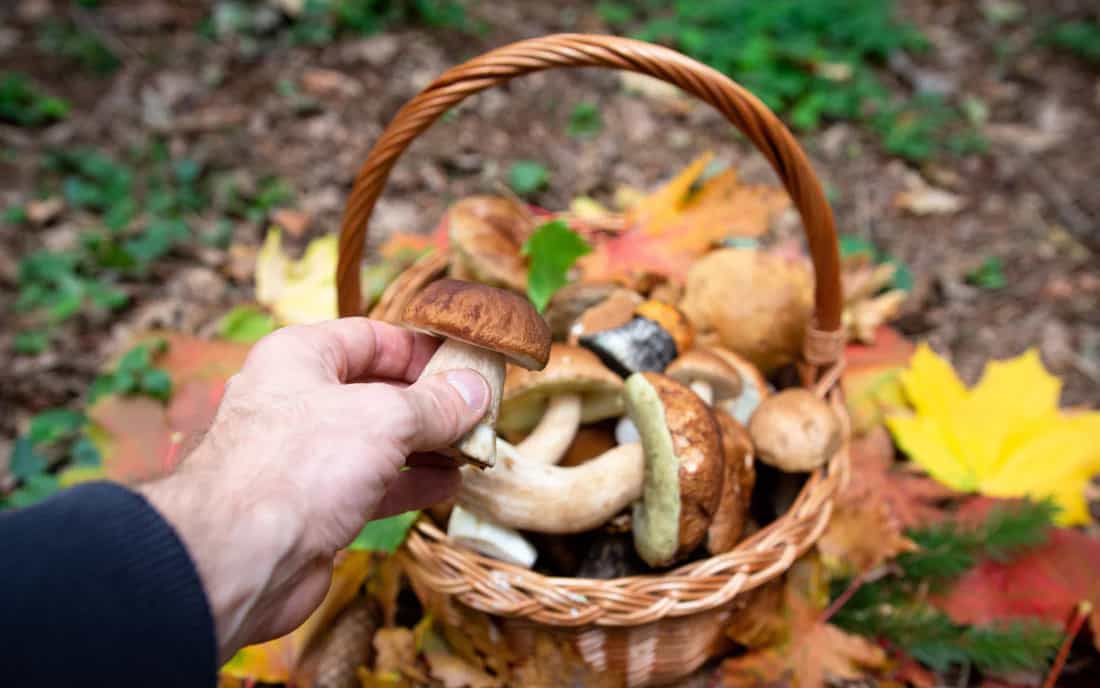Exploring the world of edible wild mushrooms can be an exciting and rewarding endeavor. Not only do these mushrooms offer unique flavors and textures, but they also provide various health benefits. In this blog post, we will introduce you to some edible wild mushrooms, discuss their distinguishing features, and share tips on how to find and cook them.
1. Chanterelle Mushroom
The Chanterelle mushroom is highly prized for its exquisite taste and vibrant golden color. It can be found in wooded areas, particularly near trees like oaks and pines. This mushroom has a funnel-shaped cap, a mildly fruity aroma, and a delicate, meaty texture.
2. Morel Mushroom
Morel mushrooms are known for their distinctive honeycomb-like appearance and earthy flavor. They typically grow in springtime, often near ash, elm, or apple trees. Morels are highly sought after by foragers due to their unique taste and culinary versatility.
3. Porcini Mushroom
Porcini mushrooms, also known as cep or bolete mushrooms, have a robust flavor and a meaty texture. They can be found in forests, often near birch, oak, or pine trees. Porcini mushrooms are favored in various cuisines and are highly valued for their culinary uses.
Foraging and Cooking Tips
When foraging for wild mushrooms, it's crucial to take certain precautions to ensure your safety:
- Education: Familiarize yourself with edible wild mushrooms and their distinguishing features. Joining a local mycological society or attending foraging workshops can provide valuable knowledge.
- Field Guides: Carry field guides or use smartphone apps dedicated to mushroom identification to assist you in the foraging process.
- Location: Look for mushrooms in suitable habitats such as forests, meadows, or woodland areas. Pay attention to the types of trees present, as they can indicate the likelihood of finding specific mushrooms.
- Harvesting: Only pick mushrooms that you can confidently identify as edible. Leave behind any unfamiliar or suspicious-looking specimens.
- Cooking: Before consuming wild mushrooms, ensure they are thoroughly cooked to destroy any potential toxins or parasites. Explore various recipes to make the most of their unique flavors.
The Benefits of Mushroom Supplements
In addition to enjoying wild mushrooms in your meals, you can also harness their benefits through mushroom supplements. These supplements, such as mushroom supplement products like Lion's Mane and Turkey Tail, offer a convenient way to incorporate the health-boosting properties of mushrooms into your daily routine. They are known for their potential to support cognitive function, immune system health, and overall well-being.
Embark on your wild mushroom journey with caution, respect for nature, and a desire to expand your culinary horizons. Happy foraging and bon appétit!

